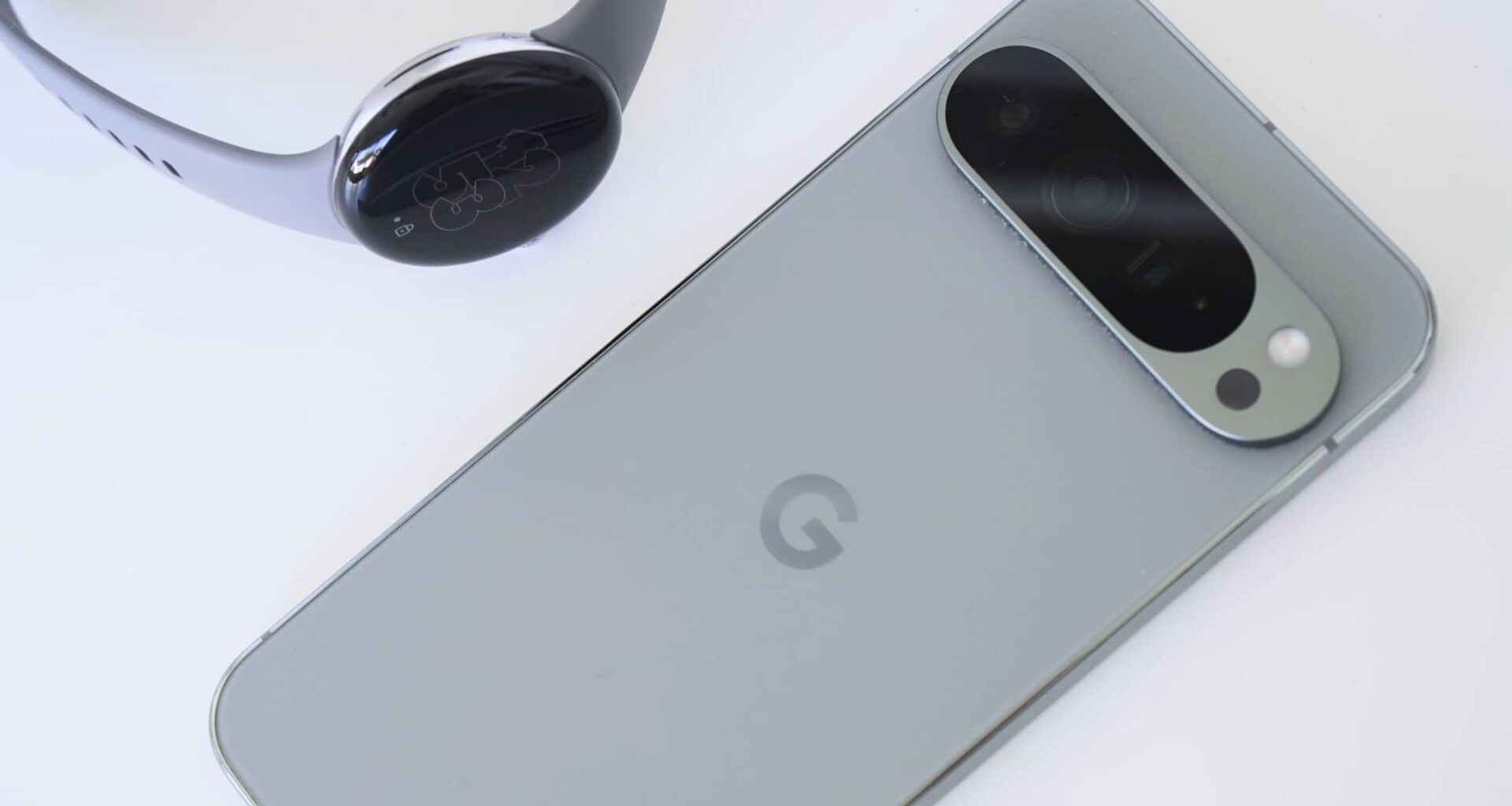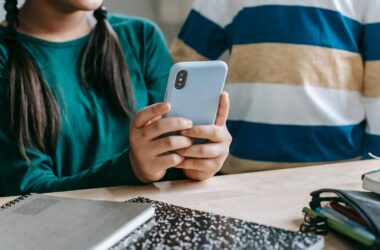Similar apps, similar customisation, similar everything. The lines between different phone operating systems is blurring. What will decide your next phone?
The next version of the iPhone operating system could change everything. Apple’s iOS 18, expected in September, will herald the arrival of AI in Apple phones and unlock app connections to intelligence specific to the phone.
That’s important, but not the only way Apple could change everything.
Rather, it’s something extra coming to iPhone and iPad in iOS 18, and something Android has offered for quite some time: total customisation for how your iPhone interface looks.
The new edition of iOS will support colour tints for icons and a way to space your home screens so that they don’t have to follow Apple’s specific one-after-the-other grid approach. It’ll give control to each user to define how their phones look beyond the case you’ve picked, going further than just the wallpaper which has largely been the limit for the iPhone prior.
It’s a stunning change, because it’s one Android users have had as a bit of a win for that platform over Android for ages.
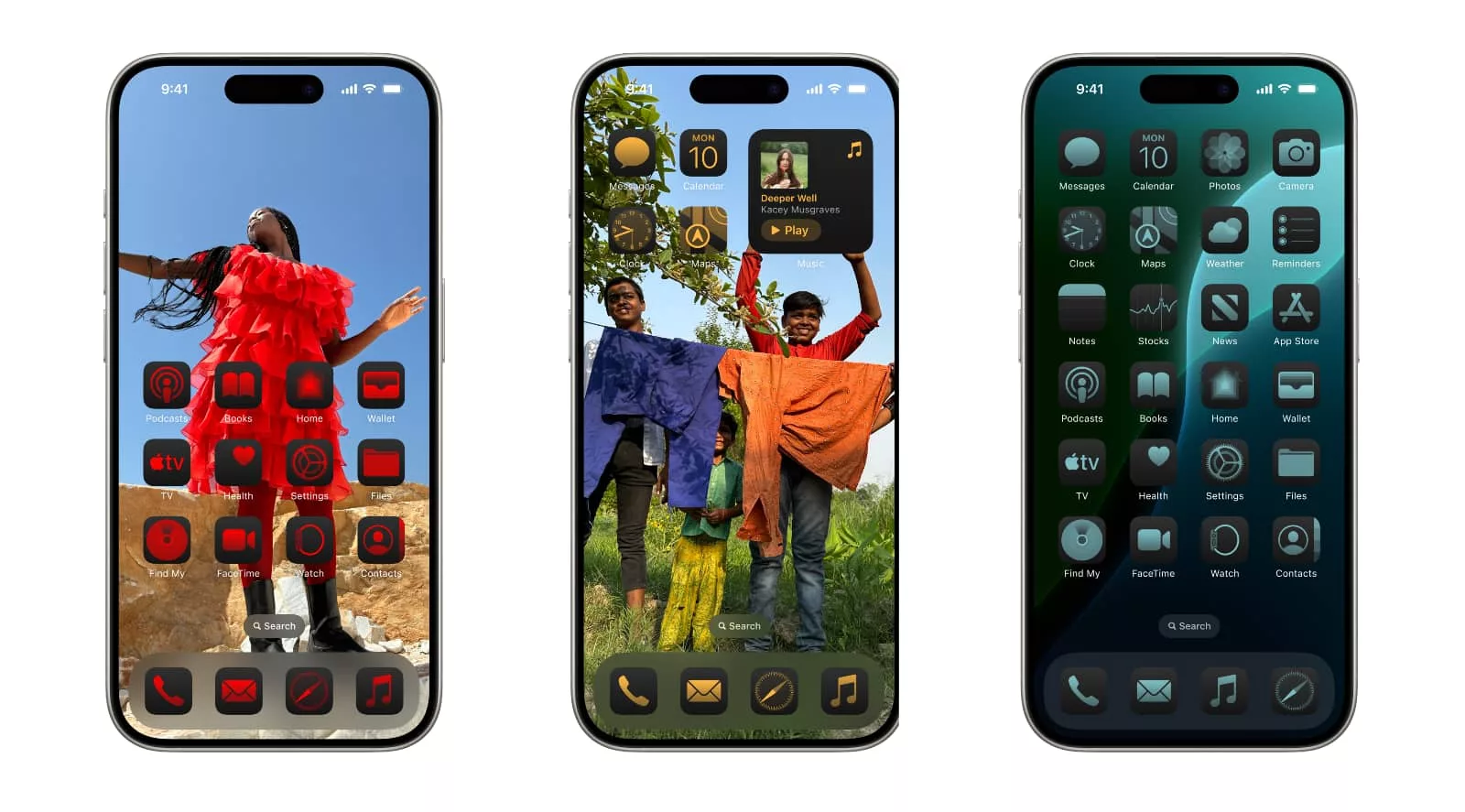
Since the release of the initial public version of Android, you’ve been able to change the look of how you use Google-based phones all too easily. Wallpaper, icon placement, and theming and skins to the screen, it has all been there. Depending on the skin and launcher you downloaded after the first set up, you might have been able to tweak things further.
And with Apple’s latest take on iOS, the iPhone joins that space, too.
That represents a big change not just for iPhone customers, but for anyone considering why they might pick one platform over the other. Android no longer has the upper hand in customisation because both major mobile operating systems support it.
So what will separate the decision? Both sets of devices, Apple and Android, have superb devices on either side of the spectrum, and while there are more mid-range and budget offerings for Android, the used and refurbished iPhone market helps scrape back some of those prices.
At the same time, Apple’s dominance in excellent phone cameras is gradually being eroded by Android, helped in part by Google’s research in improving camera technology at the software level.
If not the mobile operating system, what then? What will decide the next phone you buy?
As iOS evens the customisation playing field and the cameras on Android get better, how you choose your next device could come down to what you wear and what you use.
Platform specific hardware
With the app assortment, availability, and experience typically similar regardless of what major mobile OS you land on, your wearable could likely define what your next phone is. It might even come from your laptop.
That last one is less likely — only Macs tie beautifully with iPhones, supporting unlock, and automatic copy and paste functionality — but it could still be a factor. Microsoft integration is beginning to get better as companies like Lenovo find ways to bridge the gap in Motorola models and the ThinkPhone.
However, wearables are a definite reason to stick with one platform over another.
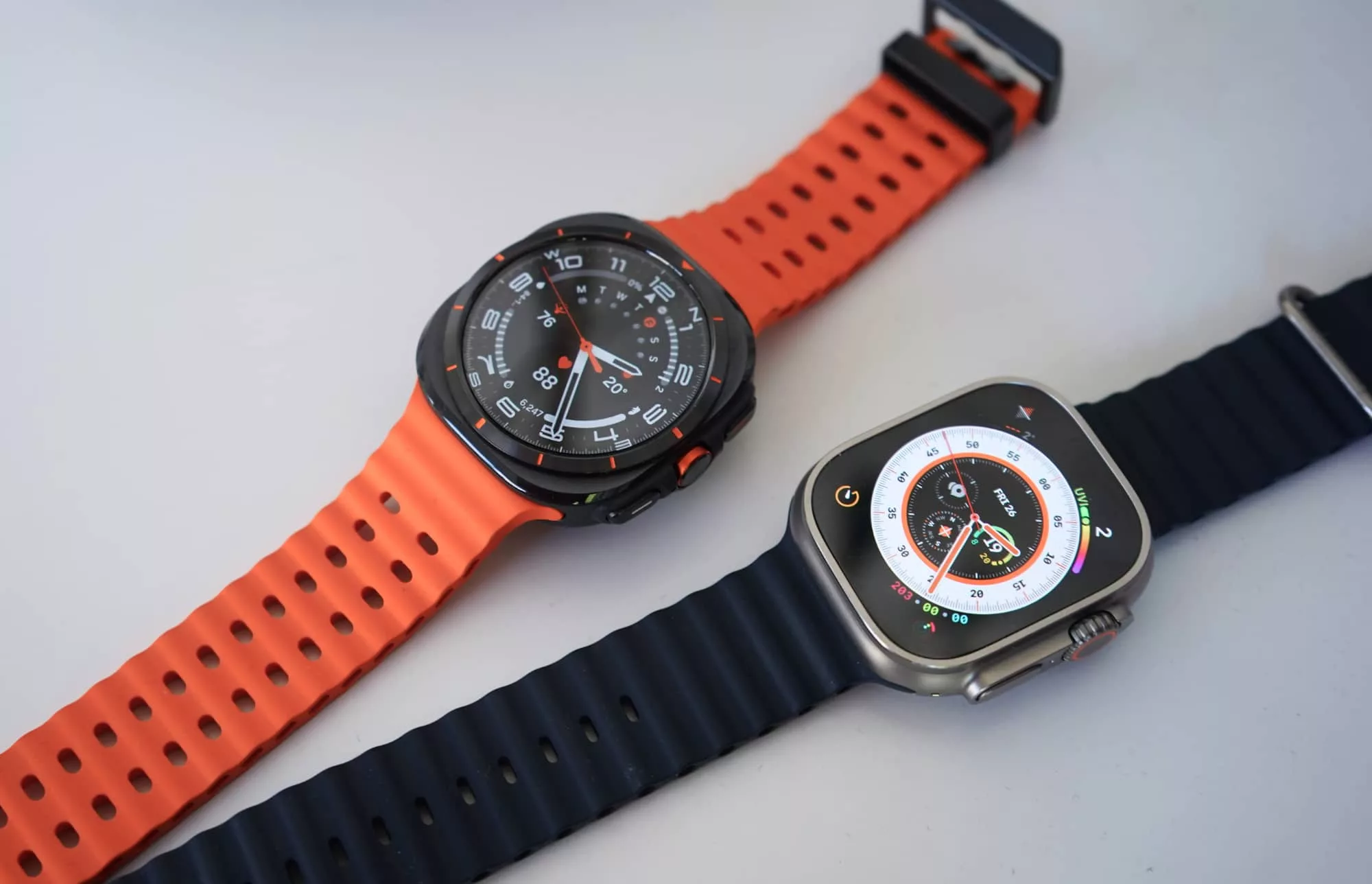
For instance, if you love the Apple Watch or Apple Watch Ultra models, you have no choice: you need to look at an iPhone. There’s no way around it. We’ve long wished Apple would open up its Apple Watch with an app on Android, but it hasn’t happened yet, and we doubt it will.
It’s not as if Android has it any better, either. If you love yourself a Samsung Galaxy Watch Ultra or a Pixel Watch (or any of the subsequent models), you need an Android phone. And in the case of the Galaxy Watch, some of its features are specific to Samsung’s phones, as well. Even the Pixel phones won’t deliver the same feature set.
There’s a similar problem with some earphones and headphones.
While most hearables are “platform agnostic” — a word that basically means “it can work on any platform with the same features” — some earphones and headphones work a whole lot better on one platform than another.
Technically Bluetooth earphones and headphones should work on any device supporting Bluetooth transmission. It should be as simple as that, but it unfortunately isn’t.
Take the AirPods Pro and AirPods Max, Apple’s top-tier noise cancelling options: both can work on Android, but you’ll miss out on the app and control changes, as that’s baked into iOS on iPhone and iPad. The headphones will work, but they won’t work to the same level.
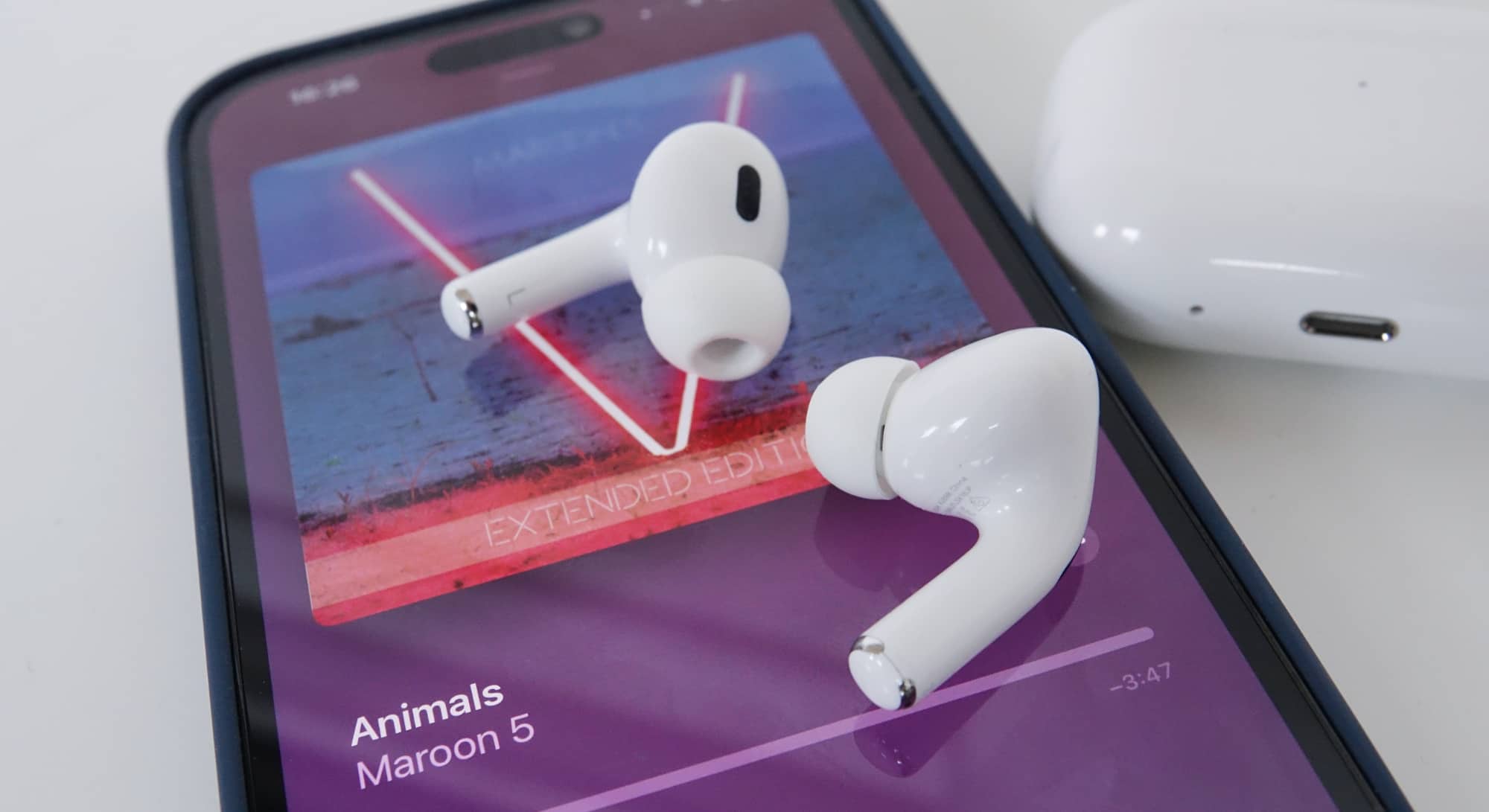
Deeply integrated experiences
Part of why this argument works also comes down to the specificity of the devices you choose to connect with your phone.
You already know that a pair of Apple AirPods Pro work better with an iPhone than an Android, but they also work better when you stay within the Apple ecosystem on a service level, too.
Apple Music exists on both Android and iOS, but the service’s spatial audio offering only exists when you use it on on Apple devices. You can hear spatial audio on Apple Music when using compatible headphones and earphones (any current AirPods model) on an iPhone and iPad, but not on Android. It also works on Mac, too, but not on Windows.
That’s an example of a tightly integrated experience, and it’s not the only one.
Android users have long had a call blocking system that automatically picks up on whether someone calling is a scam or not. It’s something tied into Android, and is seemingly specific to Android as an integrated experience. Call log checks aren’t yet a native thing for iPhone and it could come eventually, but right now, this little feature is an Android-only thing, and one that shares the message of a “spam call” to a Pixel Watch if you happen to be seeing it.
Apple’s Messages (formerly “iMessage”) is something specific to Apple devices and services, known the world over because of the difference between the blue and green bubbles. This will likely be less of a thing, however, as Apple now supports an Android-supported standard of Rich Communication Services. Also known as “RCS”, it’s an evolution of standard text messaging that should make it possible for iPhone and Android owners to talk to each other with more complexity, much like how Apple’s Messages services works on Apple devices.

Similar, but different
With all of this in mind, you’ll likely end up picking a phone based on the devices and experiences you want to have. And in some of these cases, the good news is that those extra devices could end up being platform agnostic.
Take the Withings ScanWatch 2 and ScanWatch Nova: both are platform agnostic and play with either iOS and Android. The same is true with Fitbit’s offerings, even if Google has largely moved the Pixel Watch to the smartwatch mantle, and that only works with Android.
Earphones and headphones should be largely platform agnostic, too; the Sonos Ace and Bose Quiet Comfort Ultra Headphones all support spatial and play nicely with iOS and Android, though Sonos clearly needs to work on its app issues.
Using each phone, however, will be similar, but different. They run different operating systems, sure, but the experiences are close, and the app selection is often close, too.
Pick your next phone based on the experience you want and the gadgets you’re connecting to that device. If they’re platform specific, such as how the Apple Watch only plays with an iPhone, then that’s where you go.
But if you’re not tied down, as both support similar features, you may soon find jumping from one operating system to another isn’t so difficult, especially if you want a change.


